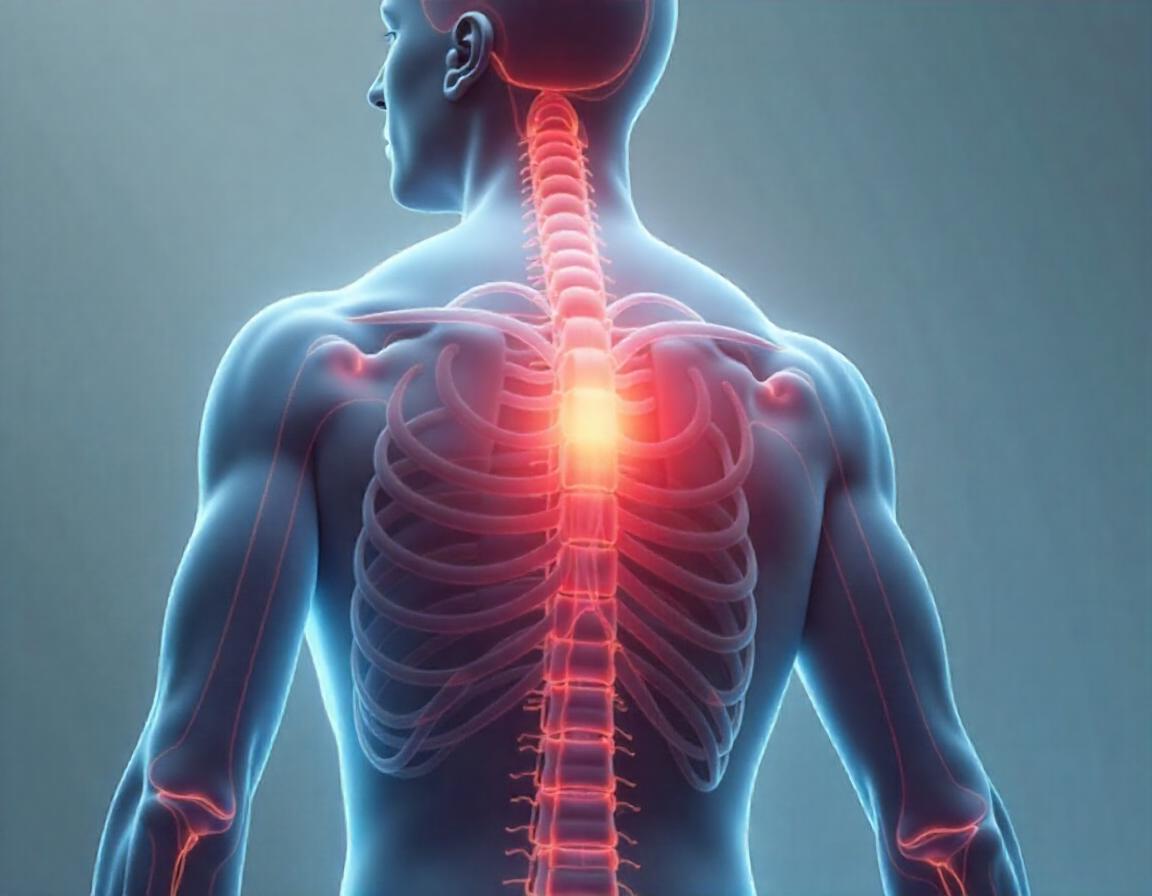Understanding Biofeedback
Biofeedback is a therapeutic technique that trains individuals to improve their health by controlling physiological processes that are typically involuntary, such as heart rate, muscle tension, and skin temperature. Through sensors and monitoring devices, patients can observe real-time feedback and learn to regulate these functions.
How Biofeedback Works
- Monitoring Physiological Signals: Sensors attached to the skin measure vital processes like heart rate variability (HRV), muscle tension, and skin conductivity.
- Providing Feedback: Monitors display this data, allowing individuals to see how their body responds to stress or relaxation techniques.
- Behavioral Adjustments: Guided by a therapist or biofeedback device, patients practice relaxation or cognitive exercises to influence these processes.
What is Inflammation?
Inflammation is the body’s natural response to injury or infection. While acute inflammation is essential for healing, chronic inflammation can lead to various health issues, such as arthritis, cardiovascular diseases, and autoimmune disorders.
Common Causes of Chronic Inflammation
- Poor diet and sedentary lifestyle
- Chronic stress
- Infections or persistent injuries
- Environmental toxins
Managing inflammation effectively is crucial for long-term health, and biofeedback is emerging as a promising tool in this area.
The Link Between Biofeedback and Inflammation
Chronic inflammation is often exacerbated by stress and poor physiological regulation. Biofeedback helps by reducing stress and improving bodily functions, which in turn can decrease inflammatory responses.
Key Ways Biofeedback Impacts Inflammation
- Stress Reduction: Biofeedback lowers cortisol levels, a stress hormone linked to inflammation.
- Improved Heart Rate Variability (HRV): Higher HRV is associated with reduced inflammation and better overall health.
- Enhanced Circulation: By promoting relaxation, biofeedback improves blood flow, which supports the healing process and reduces inflammation.
- Mind-Body Connection: Biofeedback empowers individuals to take control of their health, fostering a proactive approach to managing chronic conditions.
Types of Biofeedback for Inflammation
Different forms of biofeedback address specific physiological processes related to inflammation.
- Heart Rate Variability (HRV) Biofeedback
- Focuses on improving the variability in time between heartbeats, a marker of resilience and relaxation.
- Reduces stress-related inflammation by enhancing parasympathetic nervous system activity.
- Thermal Biofeedback
- Measures skin temperature to gauge stress and relaxation levels.
- Helps individuals relax and improve blood flow, mitigating inflammatory responses.
- Electromyography (EMG) Biofeedback
- Monitors muscle tension to identify and alleviate stress-related tightness.
- Reduces pain and inflammation in conditions like fibromyalgia and arthritis.
- Neurofeedback
- Targets brainwave activity to promote mental calmness and reduce stress.
- Particularly useful in managing stress-related inflammatory conditions.
Benefits of Biofeedback for Inflammation Management
Biofeedback offers numerous benefits for those dealing with inflammation:
- Non-Invasive: Does not require medication or invasive procedures.
- Personalized Approach: Tailored to an individual’s physiological patterns and needs.
- Reduces Medication Dependency: Can complement or reduce the need for anti-inflammatory drugs.
- Improves Overall Well-Being: Enhances mental clarity, emotional regulation, and physical health.
Practical Steps to Incorporate Biofeedback
If you’re considering biofeedback for inflammation management, here’s how to get started:
- Consult a Professional: Seek guidance from a trained biofeedback therapist to understand the best approach for your condition.
- Use Home Devices: Portable biofeedback devices are available for monitoring HRV, muscle tension, and more.
- Practice Regularly: Consistency is key to seeing long-term benefits from biofeedback.
- Combine with Lifestyle Changes: Enhance the effects of biofeedback by maintaining a healthy diet, exercising, and managing stress.
Scientific Evidence Supporting Biofeedback
Research underscores the effectiveness of biofeedback in reducing inflammation:
- A 2020 Study: Found that HRV biofeedback significantly reduced markers of inflammation in individuals with stress-related conditions.
- Fibromyalgia Research: EMG biofeedback has been shown to decrease muscle pain and associated inflammatory responses.
- Arthritis Management: Patients using thermal biofeedback reported reduced joint pain and inflammation.
These studies highlight biofeedback’s role as a valuable tool in holistic health care.

